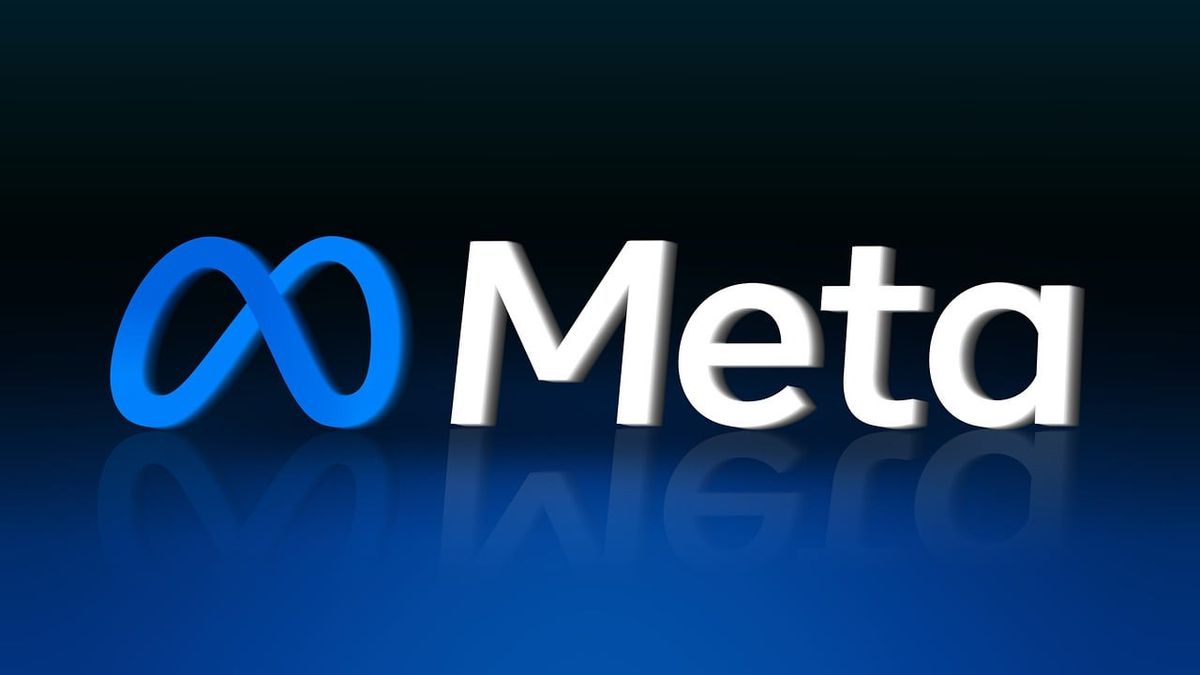The Brain Behind the Brain- Geoffrey E. Hinton
The title “Godfather of AI” is not given lightly; it is reserved for the individual most responsible for the advancement of AI. Geoffrey Everest Hinton earned this title through his groundbreaking work on artificial neural networks. He made significant contributions to the advancement of artificial intelligence through his research and important discoveries on Boltzmann machines, distributed representations, and time-delay neural networks.
Birth and Education
On December 6th, 1947, Hinton was born to Howard Everest Hinton, a distinguished entomologist. His family had a rich intellectual history, with all three of his siblings conducting scholarly work. His family includes many prominent individuals, such as George Boole, the creator of Boolean logic, and George Everest, the surveyor after whom Mount Everest is named.
Hinton received his education at Clifton College in Bristol and the University of Cambridge. He changed his major several times, studying physiology, philosophy, and physics before earning a Bachelor of Arts degree in experimental psychology in 1970. He completed his PhD in artificial intelligence at the University of Edinburgh in 1978 and began his research on neural networks. After that, he conducted post-doctoral research at the University of California, San Diego.
Career
In 1982, Hinton joined Carnegie Mellon University, where he collaborated with David Rumelhart and Ronald J. Williams on the “backpropagation” algorithm. In 1986, the trio published a groundbreaking paper that revolutionized the training of neural networks by efficiently calculating gradients for optimization.
Hinton left the United States in 1987, a decision that was made as AI research in America was regulated by the U.S. Department of Defence, and Hinton was opposed to using AI for combat. He moved to Canada and continued his research in the University of Toronto. After his arrival, he was appointed at the Canadian Institute of Advanced Research (CIFAR) as part of CIFAR’s first research program, Artificial Intelligence, Robotics and Society.

In 1998, Hinton left Toronto and founded and directed the Neuroscience Unit at University College London, where he continued his research on neural networks and their applications. He eventually returned to Toronto in 2001 and continued to make advances in neural network models. In 2012, Hinton, along with his two students, Alex Krizhevsky and Ilya Sutskever, developed an eight-layered neural network program called AlexNet. This program is used to identify images on ImageNet, a massive online dataset of images. The three of them created a company called DDNresearch for AlexNet, which was eventually sold to Google for around $44 million in 2013. That same year, Hinton joined Google’s AI research team, Google Brain.
In May 2023, Hinton parted ways with Google as he wanted to be able to freely speak about the risks of AI. He is now a University Professor Emeritus at the University of Toronto.
Awards and accomplishments
Geoffrey Hinton has been honored with several awards for his significant contributions to the field of AI. Some of these accolades include the Cognitive Science Society’s inaugural David E. Rumelhart Prize in 2001 and the Herzberg Canada Gold Medal for Science and Engineering. He, along with Yann LeCun and Yoshua Bengio, was also a recipient of the Turing Award, often dubbed the “Nobel Prize of Computing”, for their pioneering work in deep learning. Additionally, Hinton and John Hopfield were jointly awarded the Nobel Prize for their groundbreaking discoveries and inventions that have facilitated machine learning with artificial neural networks.








